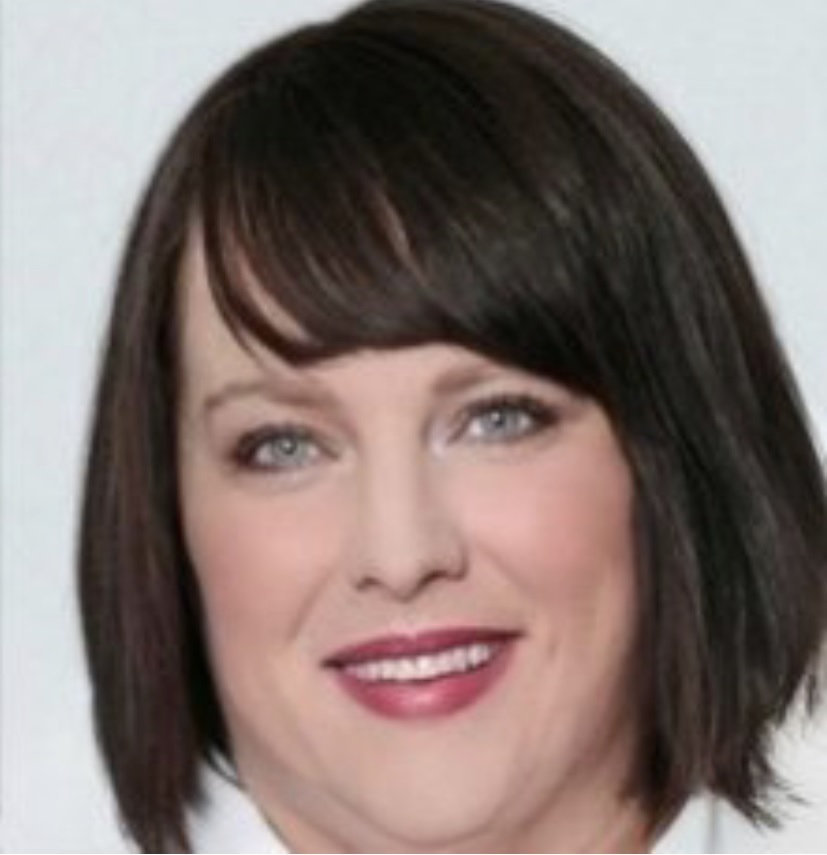Ospreys return to Fort Calhoun

Right on schedule, two ospreys have returned to their nest near the Missouri River at OPPD’s Fort Calhoun Station (FCS).
Just like last year, they have been busy sprucing up their nest. They are bringing new sticks in to bolster the inner walls of the nest. They’re also adjusting the nest’s soft lining, which includes materials like grass, moss and dirt.
Last year, the female osprey laid the first of three eggs on April 22. The incubation period for osprey eggs in 36 to 42 days.
The ospreys’ home is the only known nesting site in eastern Nebraska, and last year was the first year they had their own webcam. The camera made it possible for observers from around the world to watch the pair hatch and raise three chicks.
Their nest sits on a platform atop a 50-foot power pole. They moved to that nest in 2021, after OPPD took down the 360-foot meteorological tower that held their previous nest in December 2020 as part of decommissioning efforts.
Ospreys – raptors with 5½-foot wing spans – have certain legal protections regarding their care, under the U.S. Migratory Bird Treaty Act. Their migratory season runs from September to March.
OPPD workers carefully preserved the nest material, partnering with the U.S. Fish and Wildlife Service and the Nebraska Game and Parks Commission on a plan to relocate the nest material on a structure near the site of the previous tower. The plan meets state and federal regulations regarding protected species.
The relocated nest sits about 300 feet from the original nesting site.
On the rebound
Ospreys have slowly expanded as a breeding species along the North Platte River in western Nebraska for about the last 15 years. But the nest at FCS is the only known nest in eastern Nebraska.
Loss of habitat and widespread use of DDT have negatively affected ospreys, peregrine falcons and bald eagles. But conservation efforts have helped all three species rebound.
“Artificial nesting structures have been a positive development,” said Joel Jorgensen, nongame bird program manager for the Nebraska Game & Parks Commission.

Julie Wasson is the brand journalism strategist at Omaha Public Power District and the editor of The Wire. She has more than 25 years of print journalism and social media experience, including two stints at the Omaha World-Herald.
View all posts by Julie Wasson >







